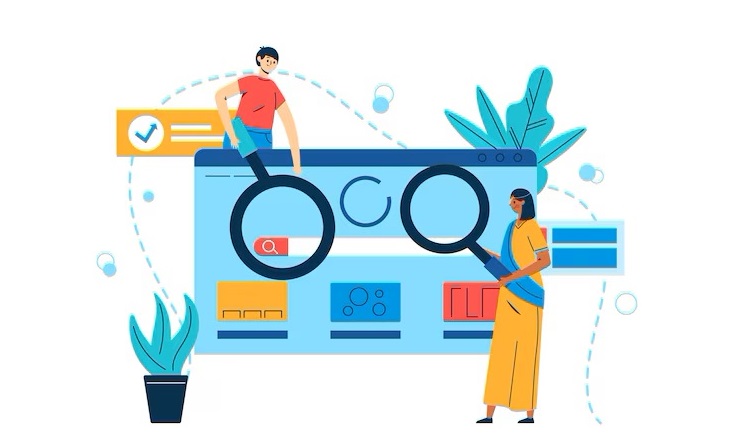In the dynamic realm of digital marketing, the concepts of retargeting and remarketing have become indispensable tools for businesses aiming to reconnect with potential customers. However, understanding the nuances between these strategies is key to optimizing their effectiveness. In this blog, we’ll explore the differences and benefits of retargeting and remarketing, helping businesses make informed decisions on which approach works best for their objectives.
- Defining Retargeting and Remarketing: Begin by providing clear definitions of retargeting and remarketing, distinguishing between the two strategies and setting the stage for an in-depth exploration.
- The Power of Second Chances: Explore the common goal of both retargeting and remarketing – offering a second chance to engage with users who have previously interacted with a brand but didn’t convert.
- Retargeting: Precision in Product Placement: Delve into the mechanics of retargeting, emphasizing its focus on displaying targeted ads to users based on their online behavior and interactions, with a particular emphasis on products viewed.
- Remarketing: Building Relationships Beyond Transactions: Contrast this with the broader approach of remarketing, which involves reconnecting with users through various channels, nurturing relationships beyond immediate conversions, and reinforcing brand awareness.
- Audience Segmentation: Tailoring the Approach: Discuss the importance of audience segmentation in both retargeting and remarketing, highlighting how tailoring the approach based on user behavior contributes to campaign effectiveness.
- Ad Formats and Creatives: Crafting Compelling Messages: Explore the variety of ad formats and creatives used in retargeting and remarketing, showcasing how businesses can craft compelling messages that resonate with their audience.
- Timing Is Everything: Precision in Delivery: Emphasize the significance of timing in both strategies, explaining how delivering ads at the right moment in the customer journey can significantly impact engagement and conversion rates.
- Conversion Tracking and Analytics: Measuring Success: Discuss the role of conversion tracking and analytics in evaluating the success of retargeting and remarketing campaigns, providing insights into user behavior and campaign performance.
- Budget Considerations: Optimizing Resources: Address budget considerations, offering insights into how businesses can optimize their resources by strategically allocating budgets to retargeting or remarketing based on their goals.
- Choosing the Right Strategy: A Holistic Approach: Conclude by encouraging businesses to adopt a holistic approach, recognizing that the choice between retargeting and remarketing depends on their specific objectives, target audience, and overall marketing strategy.
Conclusion: In the ever-evolving landscape of digital marketing, retargeting and remarketing emerge as powerful tools, each with its unique strengths. By understanding the intricacies of these strategies and aligning them with business goals, brands can not only recover lost opportunities but also build lasting connections with their audience, ultimately maximizing their online presence and revenue potential.



